level 36 from GRB CHEMISTRY (HINGLISH) ALCOHOLS AND ETHERS for Class 12
| Class 12 | CHEMISTRY |
| Chapter | ALCOHOLS AND ETHERS |
| GRB CHEMISTRY (HINGLISH) | level 36 |
| Medium | English |
| Academic Year | 2023-2024 |
Question 60
An organic compound A (Molecular formula C6H12O4)does not change the colour of acidic dichromate solution. Compound A on treatment with H2SO4 produces alkene, which on oxiative ozonolysis gives a molecule (C6H10O3) which gives positive iodoform test. Find the structure of 'A'. View SolutionQuestion 213
Alcohol A (C10H18O) is converted into mixture of alkene B and C on heating with conc. H3PO4. Catalytic hydrogenation of B and C yields the same product. Assuming that dehydration of alcohol A proceed without rearrangement. Alkene B on ozonolysis form cyclopentanone. Identify the correct options.View SolutionQuestion 218
A 3∘ optically active alcohol C9H18O 'A' on dehydration with conc. H2SO4 produces B(C9H16) which exists in two stereoisomeric forms. For ozonolysis of B followed by work up with Zn−H2O produces CH3−C∣∣O−HandC(C7H12O. C on treatment with LiAlH4 produces D(C7H14O). D on hehydration produced
Identify the correct the correct answers.View SolutionQuestion 232
Althought epoxides do not contain a good leaving group, they contains a strained three membered ring with polar bonds. Nucleophilic attack opens the strained three membered ring making it favorable process even with the poor leaving group.

This reaction occurs readily with strong nucleophilic , and with acids like HZ, where Z is nucleophilic atom.

Find out the correct product of the reaction
 View Solution
View SolutionQuestion 233
Althought epoxides do not contain a good leaving group, they contains a strained three membered ring with polar bonds. Nucleophilic attack opens the strained three membered ring making it favorable process even with the poor leaving group.

This reaction occurs readily with strong nucleophilic , and with acids like HZ, where Z is nucleophilic atom.


What would be the major product of reaction?View SolutionQuestion 234
Althought epoxides do not contain a good leaving group, they contains a strained three membered ring with polar bonds. Nucleophilic attack opens the strained three membered ring making it favorable process even with the poor leaving group.

This reaction occurs readily with strong nucleophilic , and with acids like HZ, where Z is nucleophilic atom.


Find out major product of reaction:View SolutionQuestion 235
1,2-diols are oxidised to ketones or aldehydes by periodic acid HIO4. Periodic acid reacts with dipol to form a cyclic intermeditate. The reaction takes places because iodine is in a highly positive oxidation state, so it readily accepts electrons. When the intermeidate breaks down, the bond between the two carbon bonded to the OH group break.


Identify D.View SolutionQuestion 236
1,2-diols are oxidised to ketones or aldehydes by periodic acid HIO4. Periodic acid reacts with dipol to form a cyclic intermeditate. The reaction takes places because iodine is in a highly positive oxidation state, so it readily accepts electrons. When the intermeidate breaks down, the bond between the two carbon bonded to the OH group break.


Which of the following will not form by above reaction?View SolutionQuestion 237
1,2-diols are oxidised to ketones or aldehydes by periodic acid HIO4. Periodic acid reacts with dipol to form a cyclic intermeditate. The reaction takes places because iodine is in a highly positive oxidation state, so it readily accepts electrons. When the intermeidate breaks down, the bond between the two carbon bonded to the OH group break.

Which of the following compounds will not react with HIO4?View SolutionQuestion 238
Carbon oxygen double bond are easily reduced by NaBH4orLiAlH4. The actual reducing agent in these reduction is hrdride ion (H−)

The metal hydrogen bond in LiAlH4 is more than polar than metal hydrogen bond in NaBH4. As a result LiAlH4 is strong reducing agent than NaBH4. Esters, carboxylic acids, amides cannot be reduced by NaBH4
The carbonyl group of amide of reduced to methylene group by LiAlH4
Find the correct product of the following reaction:
 View Solution
View SolutionQuestion 239
Carbon oxygen double bond are easily reduced by NaBH4orLiAlH4. The actual reducing agent in these reduction is hrdride ion (H−)

The metal hydrogen bond in LiAlH4 is more than polar than metal hydrogen bond in NaBH4. As a result LiAlH4 is strong reducing agent than NaBH4. Esters, carboxylic acids, amides cannot be reduced by NaBH4
The carbonyl group of amide of reduced to methylene group by LiAlH4
 , Identify X:View Solution
, Identify X:View SolutionQuestion 240
Carbon oxygen double bond are easily reduced by NaBH4orLiAlH4. The actual reducing agent in these reduction is hrdride ion (H−)

The metal hydrogen bond in LiAlH4 is more than polar than metal hydrogen bond in NaBH4. As a result LiAlH4 is strong reducing agent than NaBH4. Esters, carboxylic acids, amides cannot be reduced by NaBH4
The carbonyl group of amide of reduced to methylene group by LiAlH4
 View Solution
View SolutionQuestion 241
An organic compound (A) on treatment with CHCl3andKOH gives (Y) and (Z) both of which in turn gives the same compound (T) when distilled with Zn. Oxidation of (T) Yields (S) of formula C7H6O2. The sodium salt of (S) with sodalime gives (P) which can also be obtained by distilling (X).
The molecular weight of compound (X) is:View SolutionQuestion 242
An organic compound (A) on treatment with CHCl3andKOH gives (Y) and (Z) both of which in turn gives the same compound (T) when distilled with Zn. Oxidation of (T) Yields (S) of formula C7H6O2. The sodium salt of (S) with sodalime gives (P) which can also be obtained by distilling (X).
The compound (T) isView SolutionQuestion 243
An organic compound (A) on treatment with CHCl3andKOH gives (Y) and (Z) both of which in turn gives the same compound (T) when distilled with Zn. Oxidation of (T) Yields (S) of formula C7H6O2. The sodium salt of (S) with sodalime gives (P) which can also be obtained by distilling (X).
Compounds (Y) and (Z) could be:View SolutionQuestion 244
A tertiary alcohol (H) upon acid-catalysed dehydration gives a product (I). Ozonolysis of (I) leads to compounds (J) and (K). Compound (J) upon reaction with KOH gives benzyl alcohol and a compound (L), whereas (K) on reaction with KOH gives only (M).

Compound (H) is formed by the reaction of: View SolutionQuestion 245
A tertiary alcohol (H) upon acid-catalysed dehydration gives a product (I). Ozonolysis of (I) leads to compounds (J) and (K). Compound (J) upon reaction with KOH gives benzyl alcohol and a compound (L), whereas (K) on reaction with KOH gives only (M).

The structurer of compound (I) is:View SolutionQuestion 246
A tertiary alcohol (H) upon acid-catalysed dehydration gives a product (I). Ozonolysis of (I) leads to compounds (J) and (K). Compound (J) upon reaction with KOH gives benzyl alcohol and a compound (L), whereas (K) on reaction with KOH gives only (M).

The structures of compounds (J), (K), and (L), respectively, are:View SolutionQuestion 247
Alcohols are converted to tosylates by treatment with p-toluence sulfonyl chloride (TsCl) in the presence of pyridine. This overall process converts a poor leaving group (ӨH) into good one (ӨTs). A tosylate is a good leaving group its conjugates acid p-touence sulfonic acid is strong acid. Beacuse alkyl tosylates have food leaving groups, they undergo both nucleophilic substitution and β−elimination.

Find the major product of the following reaction:
 View Solution
View SolutionQuestion 248
Alcohols are converted to tosylates by treatment with p-toluence sulfonyl chloride (TsCl) in the presence of pyridine. This overall process converts a poor leaving group (ӨH) into good one (ӨTs). A tosylate is a good leaving group its conjugates acid p-touence sulfonic acid is strong acid. Beacuse alkyl tosylates have food leaving groups, they undergo both nucleophilic substitution and β−elimination.
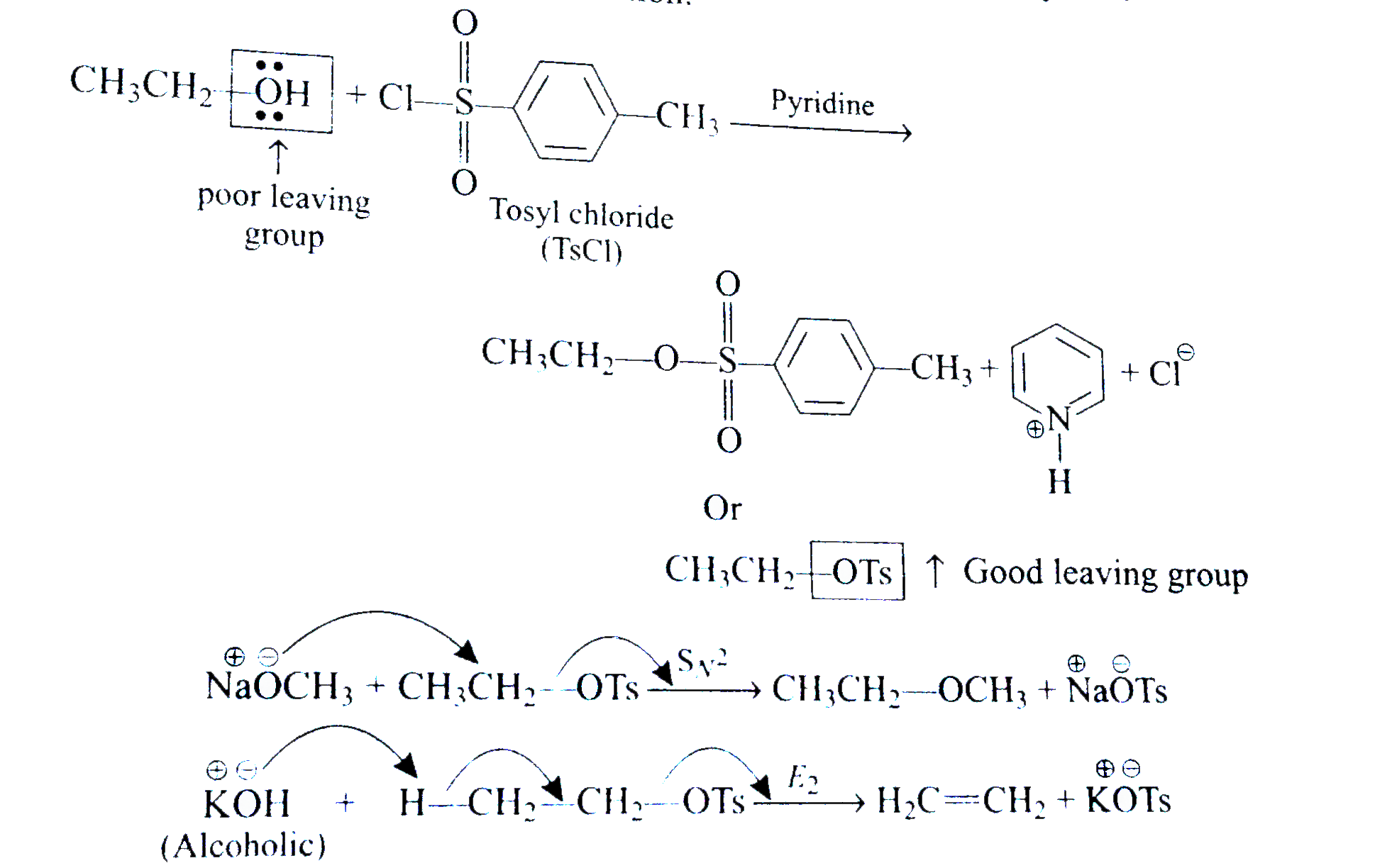
What would be the major product of the following reactions?
 View Solution
View SolutionQuestion 249
Alcohols are converted to tosylates by treatment with p-toluence sulfonyl chloride (TsCl) in the presence of pyridine. This overall process converts a poor leaving group (ӨH) into good one (ӨTs). A tosylate is a good leaving group its conjugates acid p-touence sulfonic acid is strong acid. Beacuse alkyl tosylates have food leaving groups, they undergo both nucleophilic substitution and β−elimination.

Idetify the final product of the following sequences of reactions:
 View Solution
View SolutionQuestion 250
Acid catalysed conversation of 1,2-diol or vicinal, into carbonyl compound known as pinocaol-pinacolone rearrangement.

Generally more electron donating group migrate during mechanism, migration of H is faster because of its smaller size.
What would be the major product of reaction?
 View Solution
View SolutionQuestion 251
Acid catalysed conversation of 1,2-diol or vicinal, into carbonyl compound known as pinocaol-pinacolone rearrangement.

Generally more electron donating group migrate during mechanism, migration of H is faster because of its smaller size.

In this sequence of reaction final product is"View SolutionQuestion 252
Acid catalysed conversation of 1,2-diol or vicinal, into carbonyl compound known as pinocaol-pinacolone rearrangement.

Generally more electron donating group migrate during mechanism, migration of H is faster because of its smaller size.
Which of the following is not correct about this rearrangement?View SolutionQuestion 253
Compound (A) C10H2202 is insoluble in aq. NaOH bu not is NaHCO3. Treatment of (A) with DMSO ⎛⎜ ⎜⎝CH3−S∣∣S−CH3⎞⎟ ⎟⎠ in alkali give (B) C11H14O2. Treatment of (A) with strong alkali alone give an isomeric compound (C). When (A) is reflux with HI, CH3I is obtained, compound (B) is insoluble in alkali and decolurises Br2/CCl4. (B) on treating with strong base gives (D), an isomer of (B). Ozonolysis (C) of gives (E), C8H8O and isomer of vanilline. Ozolysis of (D) gives (F) C9H10O3, which is identical with product of methylation of vanilline (4-hydroxy-3-methoxy benzaldehyde).
Structure of compound (A) is:View SolutionQuestion 254
Compound (A) C10H2202 is insoluble in aq. NaOH bu not is NaHCO3. Treatment of (A) with DMSO ⎛⎜ ⎜⎝CH3−S∣∣S−CH3⎞⎟ ⎟⎠ in alkali give (B) C11H14O2. Treatment of (A) with strong alkali alone give an isomeric compound (C). When (A) is reflux with HI, CH3I is obtained, compound (B) is insoluble in alkali and decolurises Br2/CCl4. (B) on treating with strong base gives (D), an isomer of (B). Ozonolysis (C) of gives (E), C8H8O and isomer of vanilline. Ozolysis of (D) gives (F) C9H10O3, which is identical with product of methylation of vanilline (4-hydroxy-3-methoxy benzaldehyde).
Compound (B) is: View SolutionQuestion 255
Compound (A) C10H2202 is insoluble in aq. NaOH bu not is NaHCO3. Treatment of (A) with DMSO ⎛⎜ ⎜⎝CH3−S∣∣S−CH3⎞⎟ ⎟⎠ in alkali give (B) C11H14O2. Treatment of (A) with strong alkali alone give an isomeric compound (C). When (A) is reflux with HI, CH3I is obtained, compound (B) is insoluble in alkali and decolurises Br2/CCl4. (B) on treating with strong base gives (D), an isomer of (B). Ozonolysis (C) of gives (E), C8H8O and isomer of vanilline. Ozolysis of (D) gives (F) C9H10O3, which is identical with product of methylation of vanilline (4-hydroxy-3-methoxy benzaldehyde).
Compound (E) and (F) are respectively:View SolutionQuestion 261
(a)Identification of1∘,2∘and3∘Alcohol(P)Oxymercuration demercuration react(b)Identification of1∘,2∘and3∘Nitroalkane(Q)Cu/300∘C,Δ(c)Formation of alcohol by anti-Markownikoff's additioin(R)Victor Meyer test(d)Formation of alcohol by Markownikoff's addition(S)Huydroboration oxidationView SolutionQuestion 265
Consider the pairs of ethers A through F shown below. To the right of each pairs is a description of reaction conditions to be applied to each. One compound of the pair will react more rapidly than the other. Find out number of reactions in which first ether more rapidly cleaved than second.
 View Solution
View Solution
All Exercises from GRB CHEMISTRY (HINGLISH) Class 12 CHEMISTRY ALCOHOLS AND ETHERS
- ALL QUESTIONS
- EXERCISE 1
- EXERCISE 10
- EXERCISE 11
- EXERCISE 12
- EXERCISE 13
- EXERCISE 14
- EXERCISE 15
- EXERCISE 16
- EXERCISE 17
- EXERCISE 18
- EXERCISE 19
- EXERCISE 2
- EXERCISE 20
- EXERCISE 21
- EXERCISE 22
- EXERCISE 23
- EXERCISE 24
- EXERCISE 25
- EXERCISE 26
- EXERCISE 27
- EXERCISE 28
- EXERCISE 29
- EXERCISE 3
- EXERCISE 30
- EXERCISE 31
- EXERCISE 32
- EXERCISE 33
- EXERCISE 34
- EXERCISE 35
- EXERCISE 36
- EXERCISE 37
- EXERCISE 38
- EXERCISE 39
- EXERCISE 4
- EXERCISE 40
- EXERCISE 41
- EXERCISE 42
- EXERCISE 43
- EXERCISE 44
- EXERCISE 45
- EXERCISE 46
- EXERCISE 47
- EXERCISE 48
- EXERCISE 49
- EXERCISE 5
- EXERCISE 50
- EXERCISE 6
- EXERCISE 7
- EXERCISE 8
- EXERCISE 9
- LEVEL 10
- LEVEL 11
- LEVEL 12
- LEVEL 13
- LEVEL 14
- LEVEL 15
- LEVEL 16
- LEVEL 17
- LEVEL 18
- LEVEL 19
- LEVEL 2
- LEVEL 20
- LEVEL 21
- LEVEL 22
- LEVEL 23
- LEVEL 24
- LEVEL 25
- LEVEL 26
- LEVEL 27
- LEVEL 28
- LEVEL 29
- LEVEL 3
- LEVEL 30
- LEVEL 31
- LEVEL 32
- LEVEL 33
- LEVEL 34
- LEVEL 35
- LEVEL 36
- LEVEL 37
- LEVEL 38
- LEVEL 39
- LEVEL 4
- LEVEL 40
- LEVEL 41
- LEVEL 42
- LEVEL 43
- LEVEL 44
- LEVEL 45
- LEVEL 46
- LEVEL 47
- LEVEL 48
- LEVEL 49
- LEVEL 5
- LEVEL 50
- LEVEL 51
- LEVEL 52
- LEVEL 53
- LEVEL 54
- LEVEL 55
- LEVEL 56
- LEVEL 57
- LEVEL 58
- LEVEL 59
- LEVEL 6
- LEVEL 60
- LEVEL 61
- LEVEL 62
- LEVEL 7
- LEVEL 8
- LEVEL 9










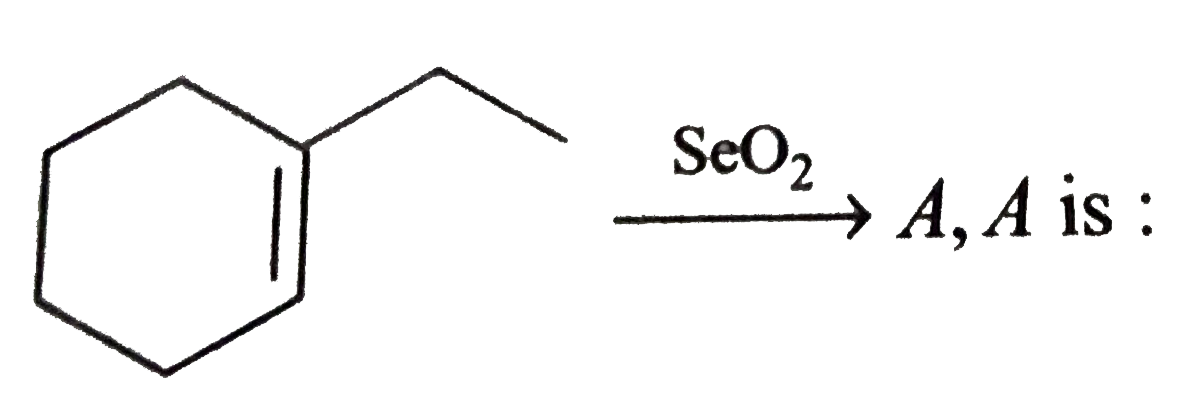

















































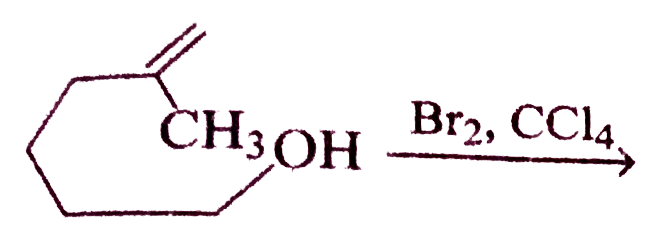



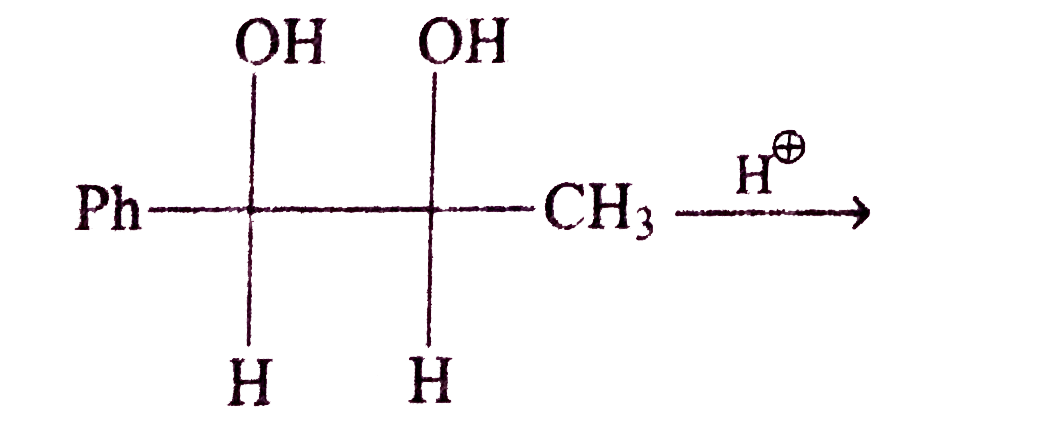








 on heating with conc.
on heating with conc. 














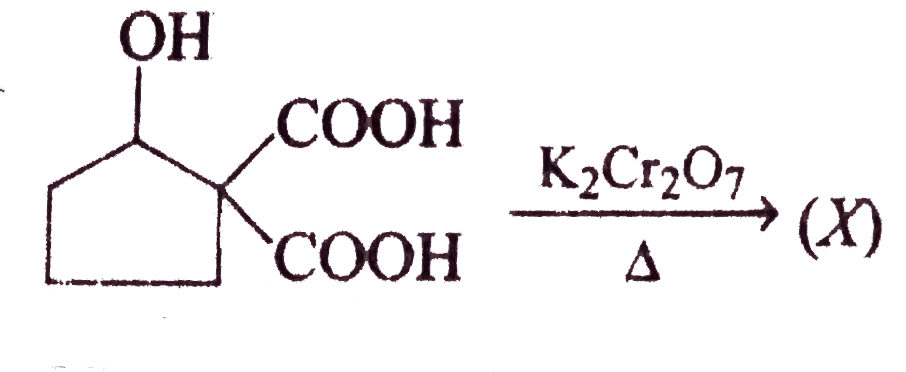






 , Products of the reaction is:
, Products of the reaction is: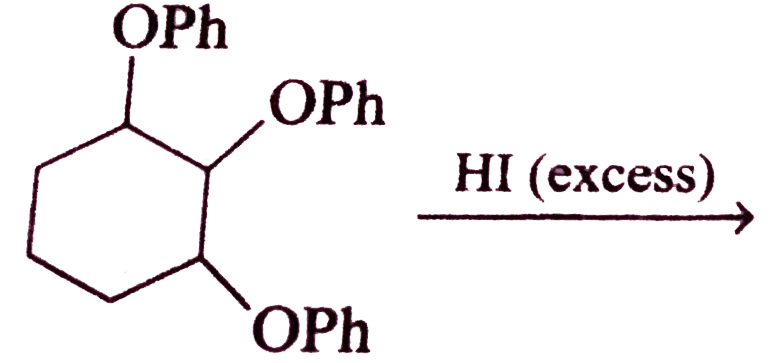 , which of the following is major product?
, which of the following is major product?

 in aqueous acetone gives.
in aqueous acetone gives. 








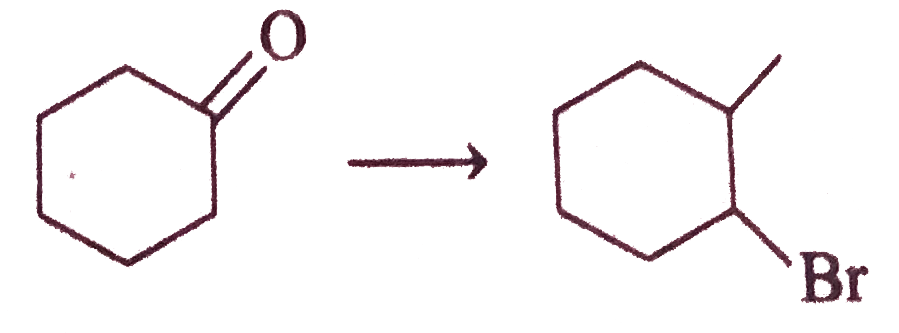


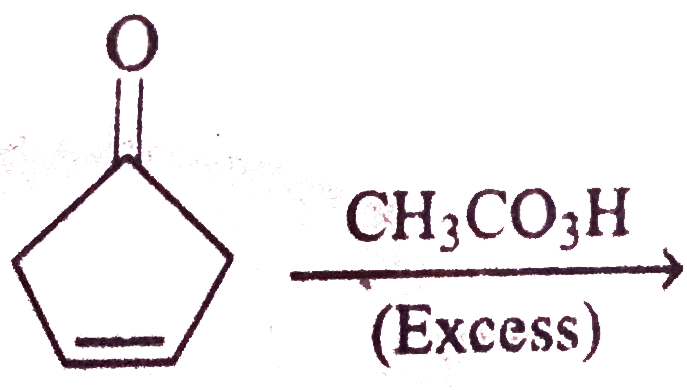 , Product of the reaction is:
, Product of the reaction is: is treated with proton acid, a resonance stablized cation is produced. Which dience listed below when treated with acid will give the same carbocation?
is treated with proton acid, a resonance stablized cation is produced. Which dience listed below when treated with acid will give the same carbocation? 












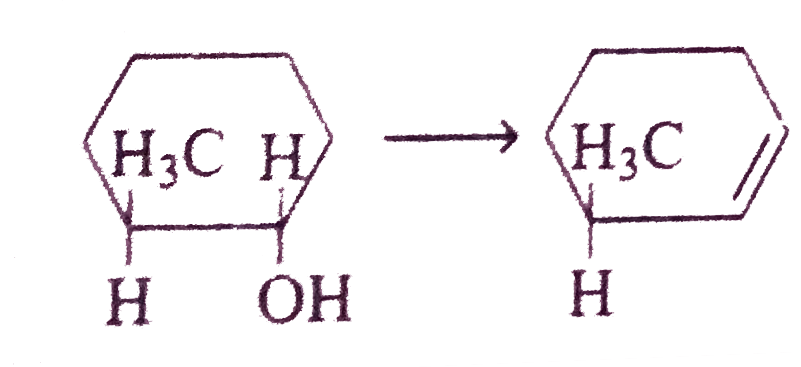
 can be distnguished by:
can be distnguished by: when treated with HI produces:
when treated with HI produces:











 . Identify the correct option.
. Identify the correct option. . Identify correct answers.
. Identify correct answers. as one of the compound
as one of the compound  , Product can be
, Product can be 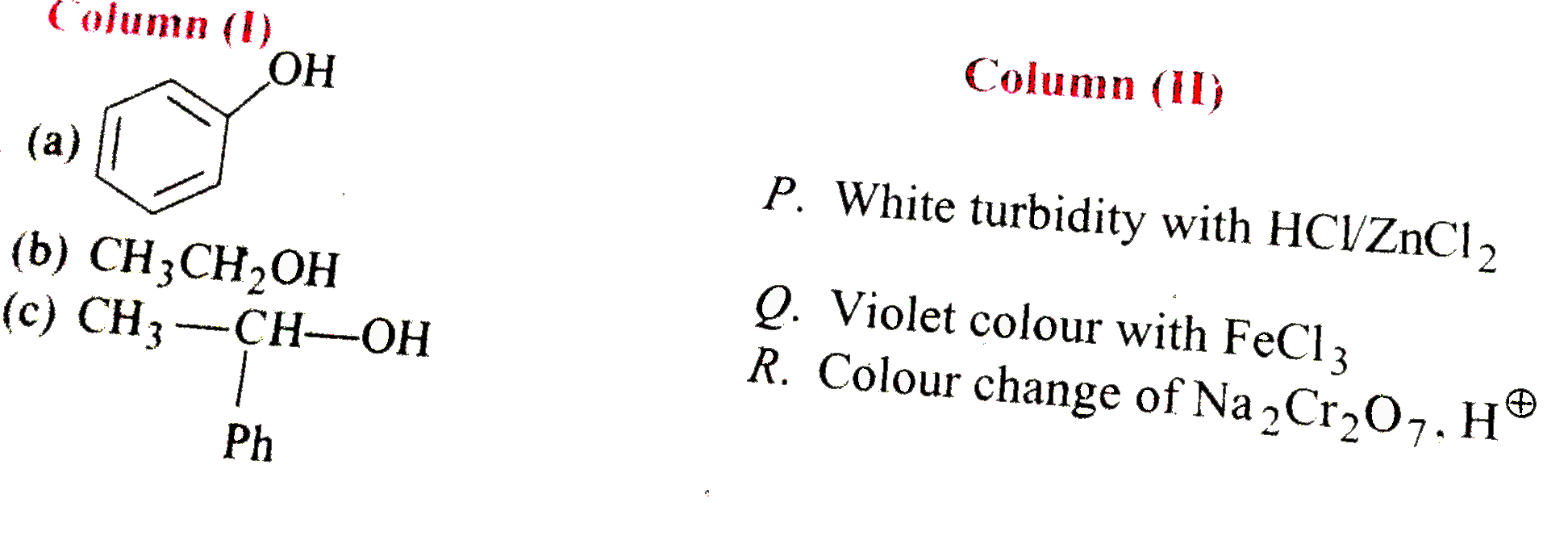





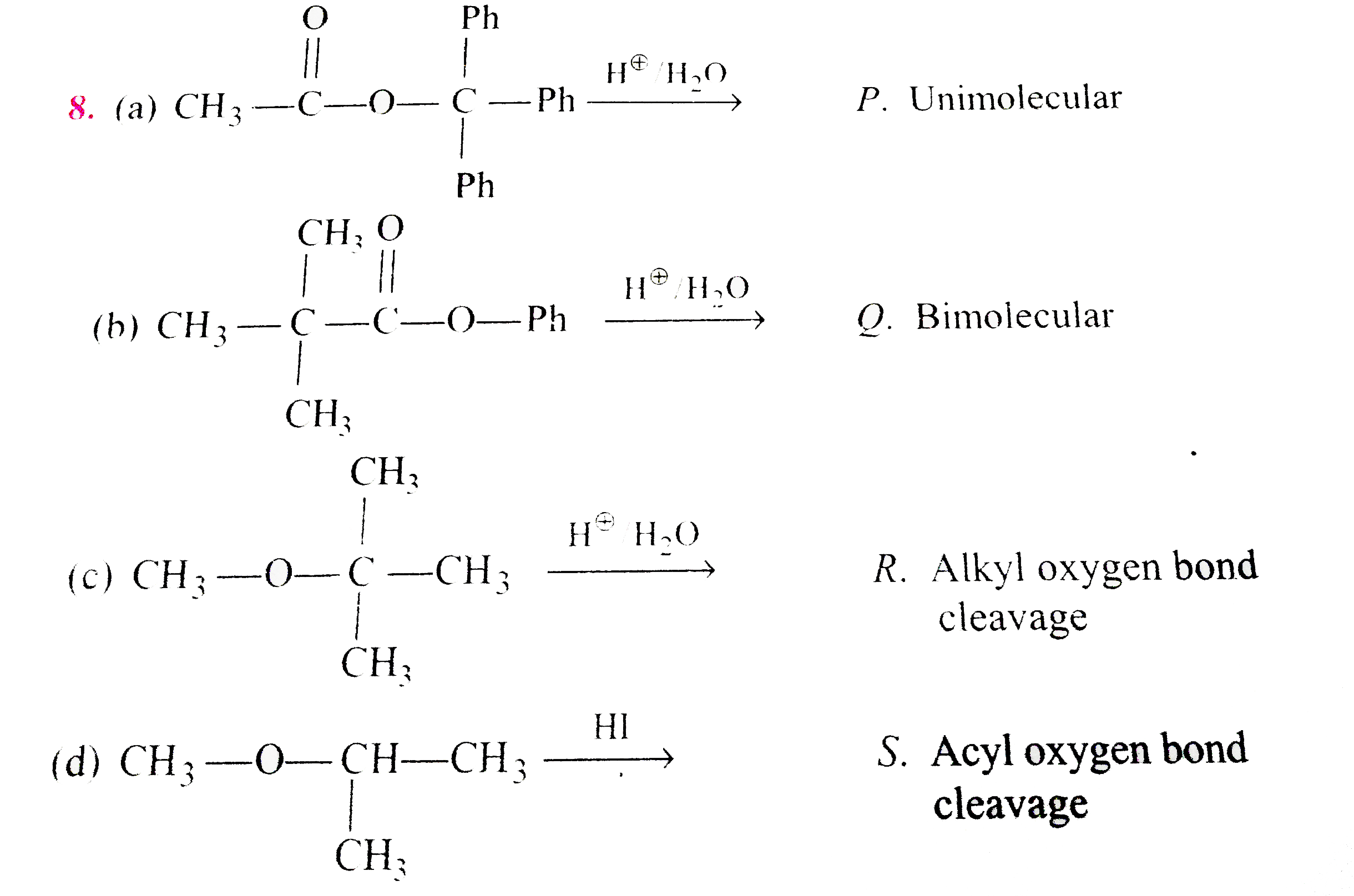



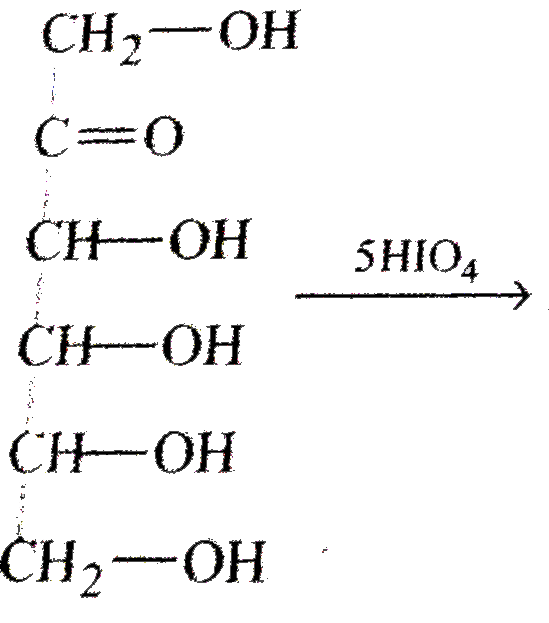 , Find out the value of 'X'
, Find out the value of 'X' 











